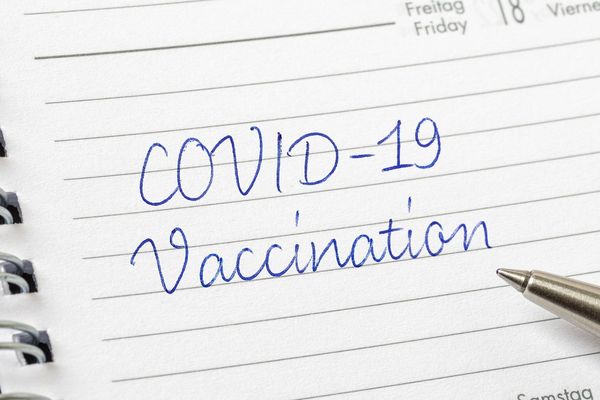By Ed Feil, University of Bath
The World Health Organization (WHO) has announced that the B.1.1.529 lineage of Sars-CoV-2, thought to have emerged in southern Africa, is to be designated as a variant of concern (VoC) named omicron. This decision has already precipitated a broad shift in priorities in pandemic management on a global scale.
The WHO has recommended, among other things, increased surveillance, particularly virus genome sequencing; focused research to understand the dangers posed by this variant; and ramping up mitigation measures, such as mandatory mask wearing. Greater restrictions on international travel have already come into force in the UK and many other countries. Indeed, Japan has closed its borders to all foreign visitors.
The speed with which the omicron variant was designated a VoC was dizzying. A little over two weeks passed since the first known infections in Botswana and South Africa. Contrast this with the delta variant that is currently dominant in Europe and many other parts of the world. This variant was first reported in India in October 2020, but despite causing a tremendous surge in cases in the country (as well as spreading to many others), it did not receive the elevated status of VoC until at least six months later.
There was certainly sluggishness in recognising the danger posed by the delta, and lessons have no doubt been learned of the importance of acting quickly to nip dangerous new variants in the bud, or at least to slow their spread to buy the world some time. But this delay also reflected the difficulties in generating robust evidence as to what a new variant is capable of.
There are three types of behaviour (“phenotypes”) that determine the threat posed by a new variant. These are transmissibility (the rate at which it spreads from one person to another), virulence (the seriousness of disease symptoms) and immune evasion (the degree of protection a person receives from the vaccine or natural infection). The underlying genetics and evolutionary interactions among these three phenotypes are complex, and unpicking them requires both detailed real-world clinical and epidemiological data and careful experiments in the laboratory.
So what is it about the omicron variant that has led the WHO, and many experts around the world, to be so concerned with such little data to go on – and are their warnings justified that this variant is the “most worrying we have seen”?
There is no suggestion as yet that omicron causes more serious disease, but then there is almost no data available. Whether anecdotal reports from South Africa suggesting that this variant causes more mild symptoms turn out to be accurate, particularly for elderly or otherwise vulnerable people, remains to be seen. Yet there is clear cause for concern for both transmissibility and immune evasion.
The heightened transmissibility of a new variant can be difficult to pin down, as stochastic (random) effects can result in alarming surges in case rates without requiring any underlying changes in viral genetics. When case rates are relatively low, as they have been recently in South Africa, super-spreading or “founding” events can cause dramatic increases in the prevalence of single lineage by chance.
Even given these caveats, the consensus view is that the omicron variant does probably spread more rapidly than other variants. In the South African province of Gauteng, the emergence of omicron is thought to have pushed the R number (the number of people that one infected person will pass on a virus to, on average) up from around 1.5 to nearly 2, a significant shift if true. Unsurprisingly, it is also being picked up in an increasing number of countries outside of southern Africa, including the UK, Israel, Belgium, Canada, Australia, the Netherlands and Austria.
Jaw dropping
Easily the most jaw-dropping feature of the omicron variant, however, is the fact that it represents a significant and sudden evolutionary leap, as reflected by the unprecedented number of mutations in the genome. How this came about is a matter of continuing speculation but, critically, 32 mutations have affected the spike protein, many of which are known to alter how the virus interacts with the antibodies produced by the vaccines or prior infection.
It is this potential for increased immune escape, combined with a rapid rate of spread, that is causing so much concern. But predicting how a virus is likely to behave from the genome sequence alone is not an exact science. And there is not a straightforward relationship between the number of mutations a variant contains and the dangers that it may pose.
While the omicron variant certainly warrants mitigating measures, close surveillance and a global research effort, it remains too early to say exactly what we are dealing with. A clearer picture should emerge over the coming weeks as the evidence builds.
In the meantime, the world should be thankful for the vigilance and openness of South African and Botswanan scientists and public health officials, and the emergence of this variant should act as a wakeup call to re-double our efforts for equitable and speedy vaccine delivery on a global level.![]()
Ed Feil, Professor of Microbial Evolution at The Milner Centre for Evolution, University of Bath
This article is republished from The Conversation under a Creative Commons license. Read the original article.







